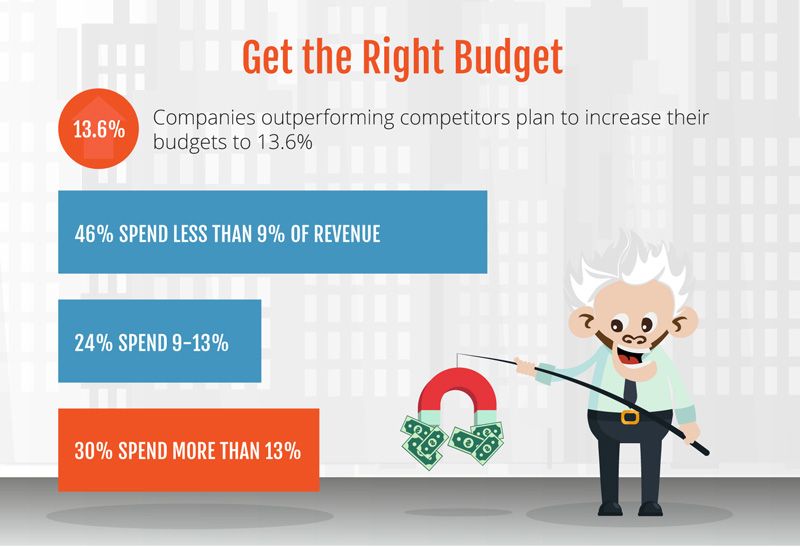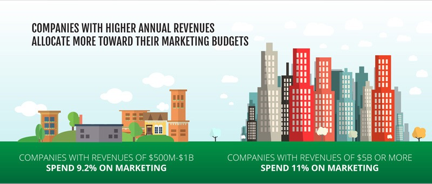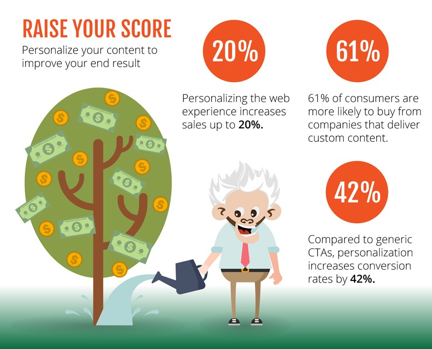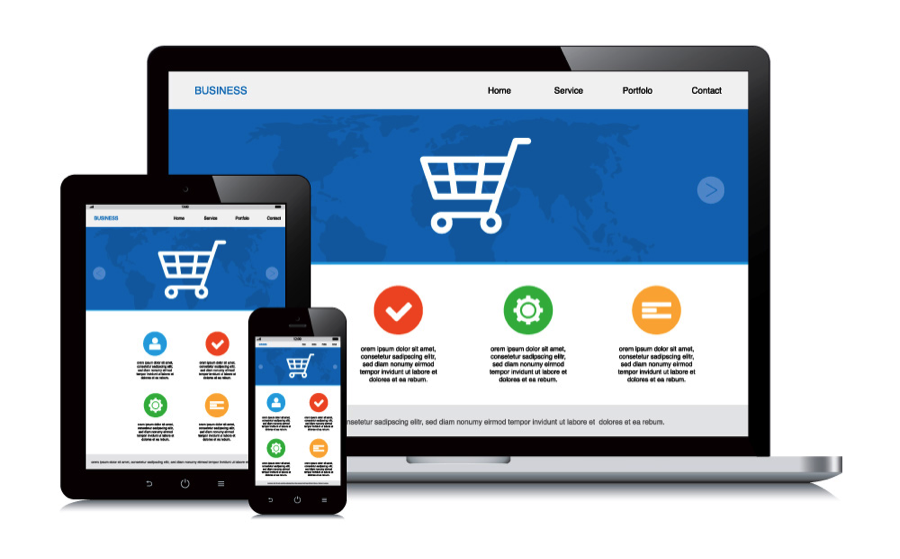Using Metrics for Marketing Success
As long as there have been goods to sell, mankind has been actively marketing- compelling others to choose their goods over those of their competitors. Of course, the ad world has developed exponentially since the first trades of the ancient days were negotiated, and the competition is fierce.
Marketers are coming to the realization that a “sure bet” for a good return on investment is the dollars they put into their advertising budget. It’s a widely known fact that most businesses have plans in place to increase their marketing budgets, but it’s imperative that they spend it in the right places. They must determine where the money will be most effectively placed. Statistics reveal that the most effective spending comes in the form of a combination of search, SEO tactics, social advertising and remarketing.
Any experienced marketer, that wants to remain competitive, knows their success is determined by the numbers. Merchants must do everything from monetizing budgets and leveraging technology, to determining their search success and personalizing their campaigns. Survival in the digital age can seem like one big math test. It’s imperative that marketers continually monitor their strategies and successes to determine if their advertising platforms are making the grade. They must determine if they are budgeting enough advertising dollars to beat their growth goals.

While 46% of companies still spend less than 9% of their revenue on marketing, approximately 24% spend 9-13%, and 30% of companies spend more than 13% of their revenue for the same purpose, and that number is growing. Needless to say, however, as a percentage of revenue, marketing budgets vary widely.
According to recent surveys, those companies that are spending less revenue on advertising but intend on increasing the amount, plan on raising the percentage to 10.4%. The companies that are outperforming their competitors plan on increasing their budgets to 13.6%.

Another evident point is that the companies who put more dollars towards their marketing efforts realize a much higher success rate. Obviously, the companies with greater annual revenues allocate a higher percentage towards their marketing budgets. As an example, a $500 million to $1 billion company spends 9.2% on their marketing budget, while a $5 billion company spends closer to 11%. The old adage that “big business drives bigger marketing costs” is obviously true.

By leveraging the right tools, a business can assure that it’s reaching its targeted audience across channels such as:
- Marketing Automation
- Content Optimization
- Analytics
- Remarketing
- Outbound Campaigns
- SEM

Businesses must solve their search equations. They must measure their content’s impact at each stage of the buyer’s lifecycle-from leads to revenue. When a company measures insights, it learns which content works best on which specific channels. This allows the marketer to reap the benefits of all the content created and utilized.
While it is a fact that 64% of Internet traffic is a result of organic traffic, different categories of businesses vary in the percentages of traffic they reap over the various channels. As an example:
Retail: 45% on organic search, 33% on display, email and referred, 19% on paid search, and only 3% on social.
Business Services: 71% on organic search, 21% on display, email and referred, 4% on paid search, and 4% on social.
Technology and Internet: 47% on organic search, 40% on display, email and referred, 8% on paid search, and 5% on social.
Hospitality: 44% on organic search, 34% on display, email and referred, 20% on paid search, and 2% on social.
Two of the most important rules in the world of marketing are: Content is king, and optimization is imperative. Here are a few tips for optimizing your content for search across all channels:
- Long-tail keywords opens you up to a more targeted audience
- A four-word search converts at the highest rate
- An eight-word search is the fastest growing keyword search length
- Long-tail keywords realize a 66% higher profitability factor
- Placement is key
- Search results determine success
To bring this point home, statistics show that 71% of average searches result in a page 1 organic click. Statistics also reveal that 51% of visitors B2B (business to business) and B2C (business to consumer) websites get there by organic search, which outperforms all other non-organic search channels, including paid search (at 10%) and social media (at 5%).
Regarding the placement of your ads, you must leverage the insights that organic data provides about your percentage of market share. It’s an eye opener to look at the difference between page 1 clicks (67.6%) in comparison to page 2 clicks (5.59%). It is a testimonial to the effectiveness of a company like Genius Monkey, who can place your ads where they need to be for maximum effectiveness.

Marketers can learn if their digital marketing plans are stacking up by testing their content. You can take the numbers to the bank by following these ground rules:
- All landing pages should be optimized
- Multi-variant A/B content comparisons comes with the potential for more than 10% form-fill rates
- Correct programmatic targeting and testing methods can increase conversion rates up to 300%
- Personalizing the web experience increases sales up to 20%
- Compared to generic calls to action, personalization increases the conversion rate by 42%
- 61% of consumers are more likely to buy from companies that deliver custom content
As a marketer, you have the opportunity to raise your advertising scores tremendously. It takes commitment and adherence to these “marketing for success” practices, and following the formulas that have proven successful for others. Genius Monkey is the programmatic specialist that can take your digital marketing to a whole new level through advanced advertising technology and know-how.




